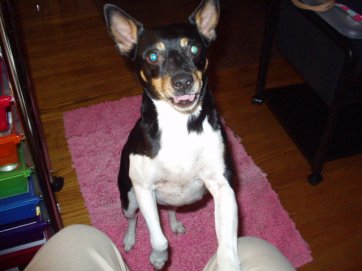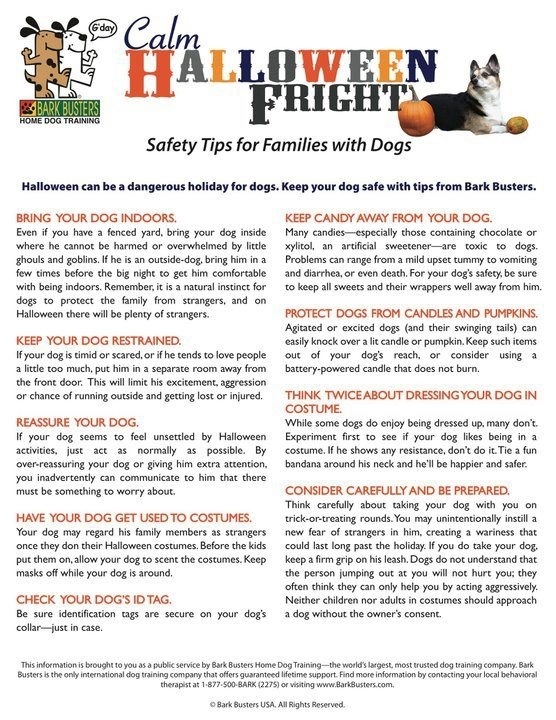With the rise of telecommuting and self-employment, many dog owners can work from home and don’t have to routinely leave their furry friends for the day. Some dogs ease into this scenario and are able to be with their owners throughout the day with without exhibiting behavioral issues. For others, however, there are a number of behavioral problems that may arise—such as dogs demanding attention by barking or whining, often at the worst possible times. Read on to find out how to address these common issues.
Why do dogs act up in the home-office environment?
Because of the large amount of time spent together in close proximity, these dogs often have increased opportunities to train their owners! They might nudge for pets or climb in laps. They often nap under the table or desk where their owners are working, but when they wake up, they will request attention—and usually get it.
While seemingly cute and innocent, whenever a dog gets to direct the behavior of his owner, he sees himself as being put in the leadership role. And as the leader, a dog may feel he has the right to demand his owner’s attention—often at inopportune times, such as when the owner is on the phone or involved in an important assignment.
Picture this common scene: You are on an important conference call. A few minutes in, your dog starts to bark or even jump on you. The call is important and you can’t afford the interruption, so your dog gets picked up or petted—and your attention gets divided. You can’t have your dog barking during the call, so you give in. This, however, teaches him that barking and whining is rewarded with attention and affection, which leads to more and more demands at times when you are occupied.
What can I do?
The first thing to do is to separate workspace from dog space. Go to work in another room, separated from your dog. Even though your dog may choose to go elsewhere and nap during the day, if he has free access to you, he will most likely come and find you when he wakes up. It’s important that your work area is off-limits and that your dog is confined (either gated or crated in another room) so he doesn’t have access to you. If he barks for your attention at first, you may want to have at least a couple of closed doors between you as he gets used to the new situation. Make sure to give him something to occupy his attention, such as a treat-rewarding Buster® Cube or KONG® toy.
Do NOT to go to your dog’s space if you hear any barking, whining or pacing. Only return when he’s calm and quiet. If you return when he’s acting out of stress, he will learn that making a fuss is rewarded with your attention.
Practice obedience when you do return. Training your dog engages his brain. This will tire him out and help him become calmer. Try asking him to SIT and STAY before you pet him or toss a toy.
Work on your leadership skills. Be proactive in asking for your dog’s attention and focus. Always begin play on your terms; for instance, if he brings you a certain toy for play, take control of the toy and wait until later to bring it out yourself and initiate play.
Time management is important. If you went off to work without your dog, you would only have certain times when you could interact with him. Work on establishing set times for interactions. For example, take a 10–15 minute break mid-morning and again in the afternoon, or a half hour at lunchtime. Do what works for you and also meets your dog’s physical and mental needs. It’s important that you don’t continuously stop what you are doing and engage with your dog. He’ll quickly get used to the cues you give for your set interactions and will settle down quicker during the in-between times.
As he learns that your world doesn’t necessarily revolve around him, he’ll relax and not be as anxious for your attention. His bad behaviors are simply learned behaviors, because they have worked in the past; your dog will only make a different choice if those strategies no longer result in your attention and what he interprets as praise. Be patient, calm and consistent. If you never separate from your dog, he will have a hard time feeling comfortable by himself when you do have to leave him. Practicing separation while working from home or with your dog at the office will help you both be more relaxed and happy, together or apart.





